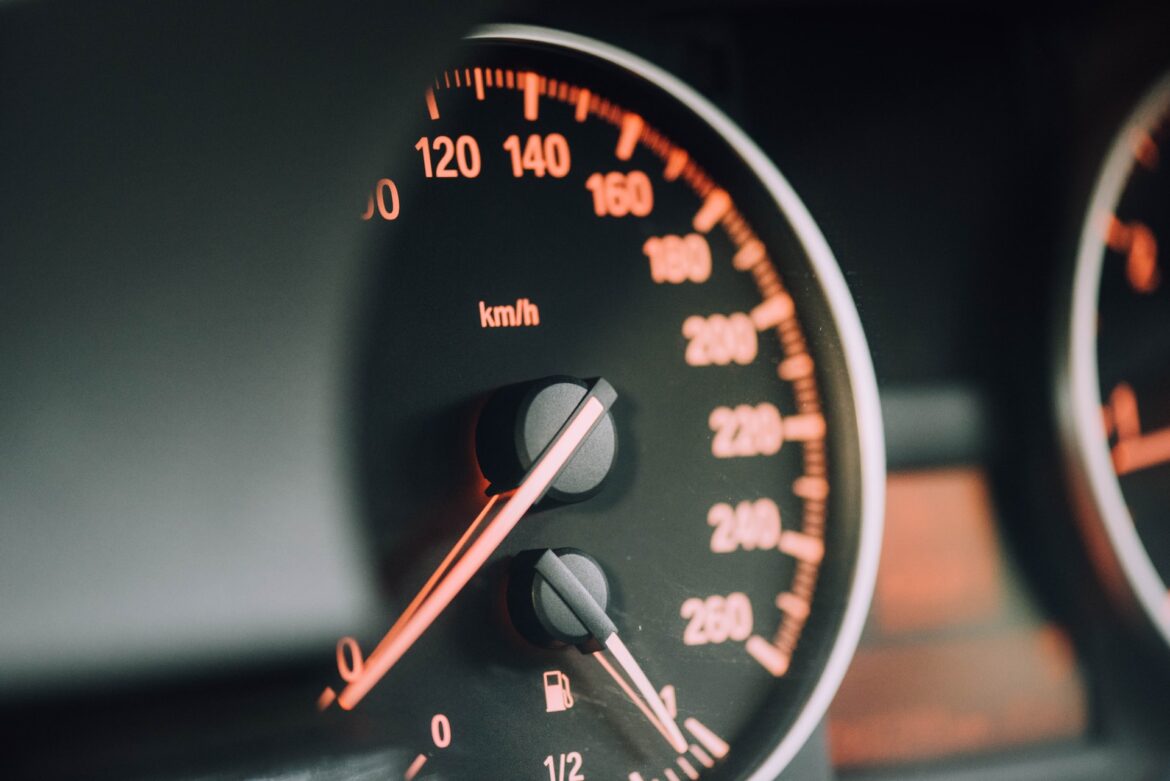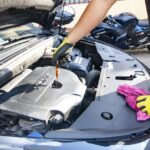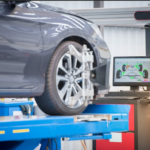If you’re a car owner, chances are you’ve already heard the term “OBD2 codes,” but do you know what they mean or how to use them? Not to worry – this article is here to help. OBD2 codes (short for On-Board Diagnostics) provide insight into what’s going on with your car and have become increasingly crucial as cars have grown more complex.
We’ll explain everything you need to know about OBD2 codes: what they are, why they matter, and how to read and interpret them – so your vehicle diagnostics can be more straightforward and stress-free. Read on for a comprehensive beginner’s guide to understanding OBD2 codes.
What are OBD2 codes, and what do they mean for your car’s health?
OBD2 codes, which stand for On Board Diagnostic 2, are invaluable for any car owner. They allow mechanics to diagnose a vast range of issues your vehicle has and ensure it’s running as smoothly as possible. These codes can be scanned from an OBD2 reader, and when these readings come up, they alert you to what might be wrong with your car – whether it’s the catalytic converter, ignition coil, or something else entirely.
Keeping tabs on your car’s OBD2 codes can help detect any underlying issues before they become major problems and save you lots of money on significant repairs. Eobd dtc p0420 is one of the most common OBD2 codes, representing a faulty catalytic converter.
How can you use OBD2 codes to diagnose and fix car problems yourself?
You don’t need to be a mechanic to use OBD2 codes; car owners can use them to identify and fix problems themselves. All you need is an OBD2 reader (which can be purchased at any auto parts store) and some basic knowledge of how these codes work.
Once your reader is plugged into the vehicle’s diagnostic port, it will scan for all stored codes, usually found in the engine control unit – this is where all the data from your car’s computer system is stored. The reader will then display a code that corresponds with a specific problem. It may indicate something wrong with the catalytic converter or ignition coil, which a DIY mechanic can easily replace.
It’s important to note that OBD2 codes should not replace professional advice – they are merely an initial tool for helping you diagnose the issue before seeking help from a qualified technician.
What are some of the most common OBD2 codes, and how can you troubleshoot them yourself?
One of the most common OBD2 codes is P0420, which indicates a faulty catalytic converter. If you see this code on your reader, the converter may have rusted or burned out and needs to be replaced – a job best left to a qualified mechanic.
Another standard code is P0300, which stands for random misfires in the engine’s cylinders. It could mean that a spark plug has gone wrong or there’s an issue with your fuel injectors – both of which are relatively simple fixes you can do yourself if you don’t feel comfortable taking your car into the shop.
Finally, P0171 and P0174 indicate an issue with your engine’s air and fuel ratios. It could be due to a clogged air filter, mass airflow sensor, or oxygen sensor – all of which are relatively easy repairs.
How do you clear an OBD2 code from your car’s computer system?
Once you’ve fixed the problem indicated by the OBD2 code, it’s essential to clear the code from your car’s computer system. It can usually be done with an OBD2 reader and a few simple steps.
First, locate the diagnostic port in your vehicle – this should be located near your steering wheel on most cars. Plug in the OBD2 reader and start up your engine; then access the ‘Diagnostic Trouble Codes’ menu on your reader and select ‘Erase/Clear.’ The OBD2 codes will then be cleared from your car’s computer system, and you should no longer see them come up when you scan for codes.
What should you do if your car experiences a severe problem despite clearing all the codes?
If your car is still experiencing a problem despite clearing all the OBD2 codes, it must be taken to a qualified mechanic. They will be able to use professional diagnostic tools and their experience to diagnose the issue and ensure your vehicle runs as safely and efficiently as possible.
It’s also important to keep track of your car’s OBD2 codes over time. It will help you detect any underlying issues before they become major and save money on costly repairs or replacements.
Where can you find more information about diagnosing and fixing car problems using OBD2 codes?
There are a variety of resources available for car owners who want to learn more about diagnosing and fixing car problems using OBD2 codes. Online forums and websites like AutoZone or Car Talk can provide helpful information and advice from experienced mechanics. At the same time, YouTube videos can offer detailed step-by-step instructions on troubleshooting various issues.
Additionally, you can purchase DIY repair manuals that guide common repairs and help you understand the basics of automotive maintenance. These resources will give you the knowledge you need to confidently diagnose and fix car problems – saving time, money, and stress in the long run.
Finally, it’s always best to consult a professional mechanic if your vehicle is experiencing more severe issues that you need to be more comfortable dealing with yourself. They can provide expert advice and help you safely get back on the road.
Related Posts












